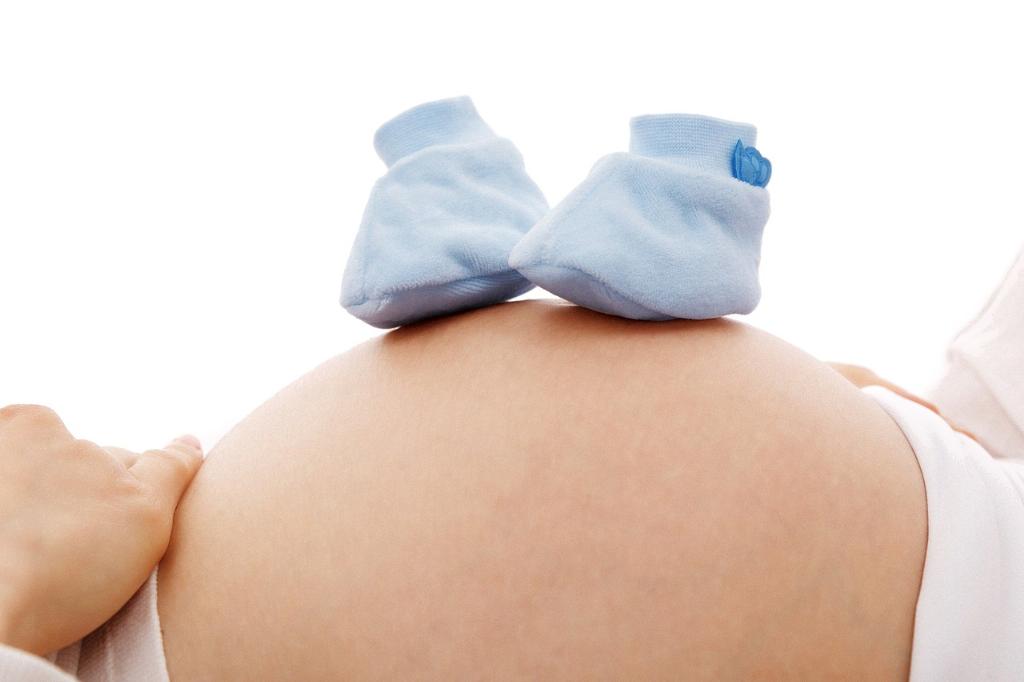When it comes to fertility and the likelihood of getting pregnant, one aspect to consider is the LH (Luteinizing Hormone) ratio. LH is a crucial hormone that plays a pivotal role in the menstrual cycle and ovulation process. An optimal LH ratio is essential for successful conception and a healthy pregnancy.
The Role of LH in the Menstrual Cycle
LH is responsible for triggering the release of the egg from the ovary during ovulation. It works in tandem with FSH (Follicle-Stimulating Hormone) to regulate the menstrual cycle and ensure the maturation of the egg. An imbalance in the LH ratio can disrupt this delicate process and impact fertility.
Understanding a Healthy LH to FSH Ratio
A good LH to FSH ratio is typically around 1 to 2. This balance is crucial for maintaining a healthy menstrual cycle and ovulation. When the LH to FSH ratio is within this range, it indicates that the body is functioning optimally and is primed for conception.
The Significance of Low LH Levels at the Start of the Cycle
Low LH levels at the beginning of the menstrual cycle, typically between 4-7 IU/L, are indicative of healthy ovarian function. This initial low LH level sets the stage for the gradual rise in LH that triggers ovulation, allowing for the release of a mature egg for fertilization.
Impact of Imbalanced LH Ratio on Fertility
When the LH ratio is imbalanced, it can disrupt the ovulation process and hinder the chances of successful conception. An elevated LH level or an abnormal LH to FSH ratio can indicate underlying fertility issues that may require medical intervention to address.
Factors Influencing LH Ratio
Several factors can influence the LH ratio, including stress, hormonal imbalances, polycystic ovary syndrome (PCOS), and other medical conditions. It’s essential to monitor LH levels and maintain a healthy lifestyle to support optimal fertility.
Seeking Medical Guidance
If you’re trying to conceive and have concerns about your LH ratio or fertility, it’s advisable to consult with a healthcare provider or a fertility specialist. They can conduct tests to assess your hormone levels and provide personalized recommendations to improve your chances of getting pregnant.
Optimizing Fertility Naturally
In addition to medical assistance, there are natural ways to support fertility, such as maintaining a balanced diet, regular exercise, managing stress levels, and tracking ovulation cycles. These lifestyle adjustments can positively impact LH ratios and enhance fertility potential.
Monitoring LH Levels
Regular monitoring of LH levels through blood tests or ovulation predictor kits can offer insights into your hormonal balance and ovulation patterns. Tracking these changes can help you identify fertile windows and optimize timing for conception.
Importance of Patience and Persistence
While understanding your LH ratio is valuable in assessing fertility, it’s essential to approach the journey to conception with patience and persistence. Every individual’s fertility journey is unique, and it’s crucial to stay positive and proactive in pursuing your goal of starting a family.
Conclusion
In conclusion, a good LH ratio, ideally around 1 to 2, plays a significant role in fertility and the likelihood of getting pregnant. Monitoring LH levels, maintaining a balanced ratio, and seeking appropriate medical guidance can help enhance fertility potential and improve the chances of successful conception.

